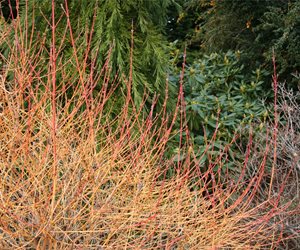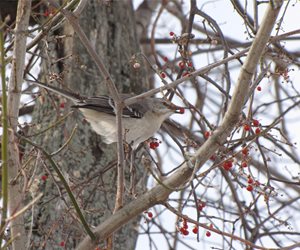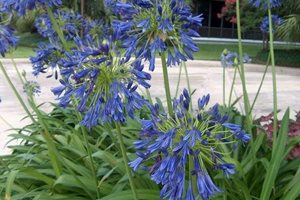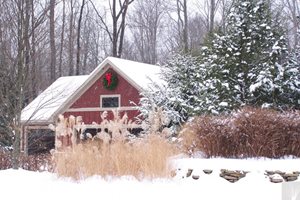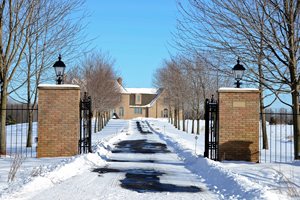Plants for Winter
A collection of landscaping plants that will liven up your winter garden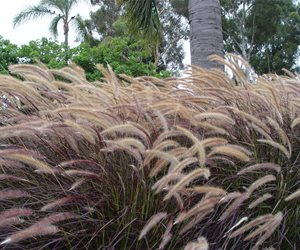
Ornamental grasses go dormant in winter, but their straw-like color and upright shape look great in the winter landscape.
Even when the weather outside is less than stellar, plants with winter interest put on a show from the windows and can give you a feeling of connection to the landscape. Plants with distinctive shapes, evergreen foliage, and colored bark or stems all bring interest, and those with berries have the added benefit of attracting birds. Liven up your winter view with these winter planting suggestions.
Plants with distinctive shapes
Even when covered in snow, these plants have a strong shape and act as a sculptural backdrop to the winter landscape.
- Ornamental grasses
- Degroot's Spire Arborvitae
- Dwarf Alberta Spruce
- Mops Mugo Pine
- Skyrocket Juniper
- Globe Blue Spruce
Though many people rush to clean up perennials and deadhead shrubs at the end of fall, consider whether some of those elements may still have beauty. For example, most ornamental grasses go dormant in winter, but their straw-like color and upright shape look great in the winter landscape. "Leave anything with rigid, tall stalks," says Andrew Morse of Belknap Landscape Co., Inc in Gilford, NH. "Autumn Joy Sedum, Astilbe, Hydrangeas, and rose of Sharon all have interesting shapes when covered with snow." That said, it's a good idea to cut back any perennials that don't have a distinctive shape to prevent fungal diseases from overwintering.
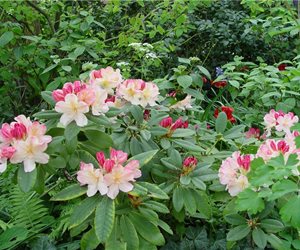
Rhododendrons, an evergreen shrub with broad leaves and showy flowers, are popular for adding winter interest.
Plants with evergreen foliage
The foliage color of an evergreen plant contrasts beautifully with the gray skies and snowy backdrops of winter. Both conifers and broadleaf evergreens can be good choices.
- Emerald 'n' Gold Euonymus
- Ames Chinese Juniper
- Rhododendrons
- Blue Princess Meserve Holly
- Gentsch White Eastern Hemlock
In exposed locations or very cold climates, evergreens may need to be wrapped in breathable fabric to protect them. However, Morse says that some of the bigger evergreens in the landscape can be left unwrapped until after Christmas, so you can enjoy the show through the holidays.
Plants with colored bark or stems
Plants that have colored bark or stems make a dramatic winter display, and even on harsh sites, deciduous plants won't need wrapping like evergreens might.
- White Birch
- Red-Twig Dogwood
- Yellow-Twig Dogwood
- Coral Bark Japanese Maple
- Japanese Rose (Kerria japonica)
- Snakebark Maple
When placing plants with colored bark, consider your backdrop. Place them in front of evergreens, or in front of a bank that will be covered in clean white snow. This allows the stem color to stand out boldly in the landscape.
Berrying shrubs and trees
Berrying shrubs and trees add color during the coldest times of the year. "All you see is the structure of the plant and those bright orange berries against the snowy backdrop," says Morse.
- Crabapple
- American Highbush Cranberry
- Hawthorn
- American Holly
- Autumn Magic Chokeberry
Trees and shrubs that berry have the added benefit of attracting birds. Berries are a nutritious source of food during one of the toughest times of the year, so you can ensure a steady stream of avian visitors to your garden by planting wisely. A heated birdbath or other water source is also much appreciated.
Overall, the key to success in winter planting is to choose things that are well-suited to your garden. "Native plants and those that are hardy in our zone are the best choice," says Morse. "Use common sense and don't plant a palm tree in New Hampshire, where it's obviously not going to work."

 Backyards
Backyards
 Front Yards
Front Yards
